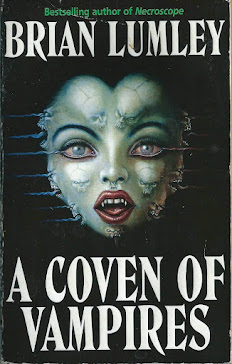Book Review: 'Alfred Hitchcock's Noose Report'
edited by Robert Arthur
edited by Robert Arthur
'Alfred Hitchcock's Noose Report' (191 pp.) was published by Dell Books in August, 1966. The cover illustration is credited to Fred Banbery, who did artwork for Hitchcock's young adult books.
I've previously posted that as I get older, I find these Baby Boomer-era Hitchcock anthologies to well be worth reading, and this certainly is true of 'Noose Report'. All of the stories in the book first were published in Alfred Hitchcock's Mystery Magazine during the years 1957 - 1966.
My summaries of the contents:
A Home Away from Home, by Robert Bloch: Night-time, and Natalie finds herself alone at a train stop in rural England. Perhaps shelter is available with Dr. Bracegirdle, the psychiatrist ? A well-told tale, with the quality of a story from an old EC horror comic.
High Tide, by Richard Hardwick: a man in trouble must use his wits.
The World's Oldest Motive, by Laurence M. Janifer: an ironic treatment of the theme of the unhappy husband.
A Very Cautious Boy, by Gilbert Ralston: Joe Rosetti is the best hitman in the Mob. A new assignment will tax his skills, however.
Something Very Special, by Fletcher Flora: Clara DeForest is coming to terms with being abandoned by her much younger husband.
The Short and Simple Annals, by Dan J. Marlowe: Toland is released from prison, after serving time for a crime he didn't commit. Or did he........?!
Others Deal in Death, by August Derleth: another Solar Pons / Sherlock Holmes pastiche from Derleth. In this story, Pons investigates mysterious deaths taking place in Ross-on-Wye. The explanation of Whodunnit is not as contrived as is usually the case in these stories.
The Promotion, by Richard Deming: Mel Strong's brother is a bank official, and Mel likes ill-gotten gains. It's only a matter of time before these two things intersect........
Contents: One Body, by C.B. Gilford: a nosy landlady comes to some troubling conclusions about one of her tenants.
The Trouble with Ruth, by Henry Slesar: the trouble with Ruth is that she's a kleptomaniac. A tale with a twist at the end.
Make Your Pitch, by Borden Deal: Slim is a skilled con man. But his cons never have involved murder........
The Little Things, by Ed Lacy: a man unjustly imprisoned suffers an unkind fate.
Holdout, by Jack Ritchie: a courtroom drama, also with a neat little twist at the end.
The Late Unlamented, by Jonathan Craig: a standard, traditional police-procedural story. Competent, if not particularly imaginative.
The verdict ? Despite the banal Solar Pons story, 'Alfred Hitchcock's Noose Report' earns a Five-Star Rating. Even though they are limited in word length, the entries are crisply plotted and composed, as one might expect of stories designed to compete with myriad other submissions for publication in one of the most successful fiction magazines of its era. Devotees of well-told tales and detective fiction can't go wrong with this collection.



















































































